What is the effect of espresso extraction pressure on flavor? how to adjust the extraction pressure of Italian machine?
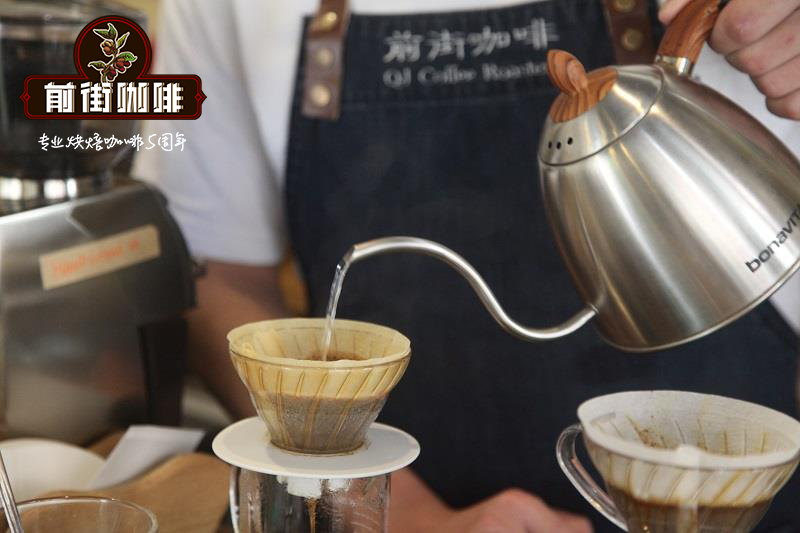
Extracted coffee is an important part of our daily life. During the extraction process, a series of complex chemical reactions take place to extract the flavor from the coffee. The focus of this article is not on the extraction process itself, but on a single pressure variable and how it relates to the flavor of our espresso. The explanation for the oversimplification of extraction and flavor is that both over-extraction and insufficient extraction will have negative flavor properties on coffee. The farther away from the target extraction, the more serious the flavor gap will be.
Pressure and extraction
At the most basic level, there is a direct relationship between pressure and extraction, which means that when we increase pressure, extraction also increases extraction. This has been a topic of discussion in the past few years. Many restaurants have begun trying to adjust their espresso pressure to lower than the standard 9bar. Many people find that coffee extracted under lower pressure has more rich and diverse flavors, resulting in more flavor espresso, or less negative flavor components at higher extraction concentrations.
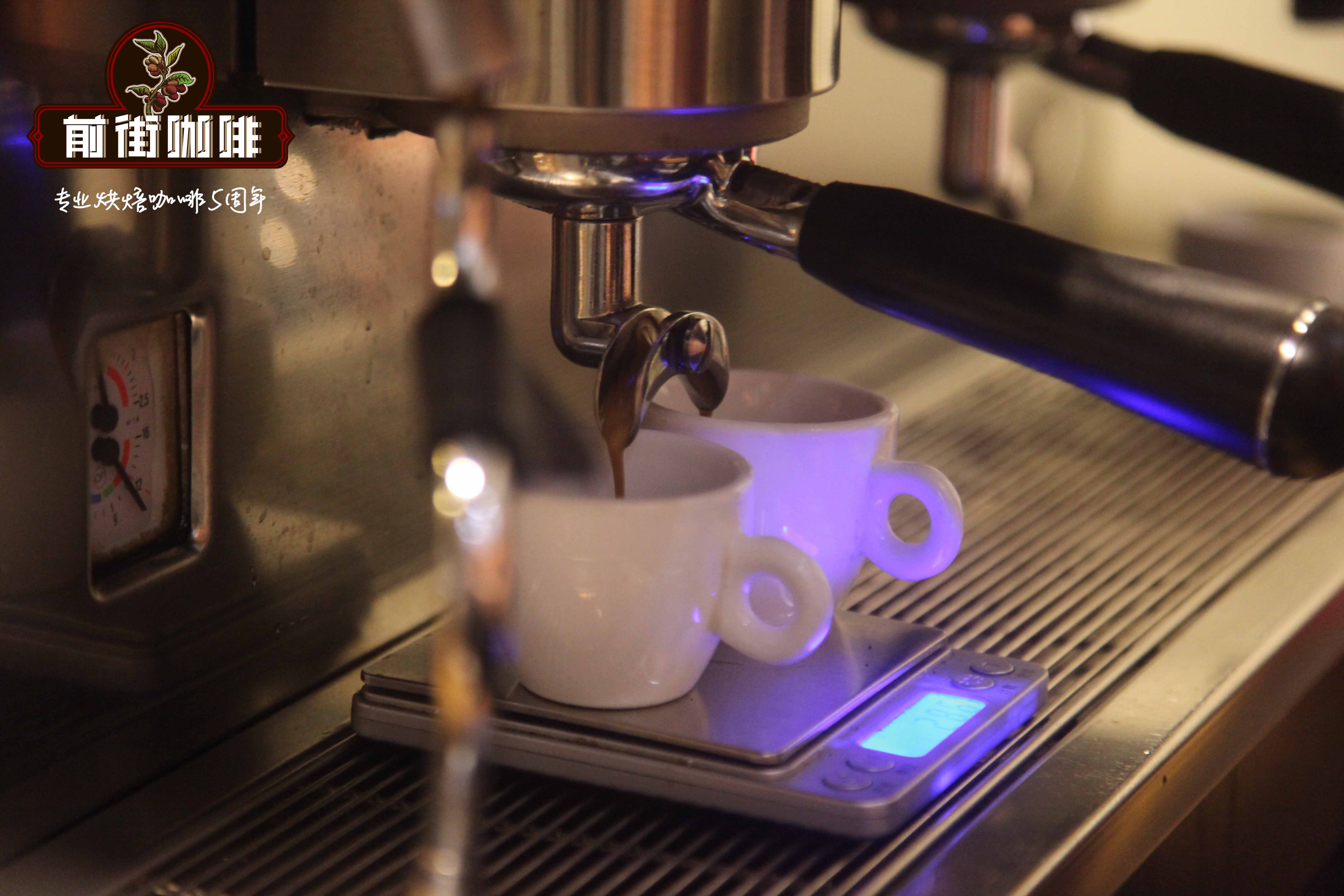
Although pressure and extraction are directly related, they are not proportional. The extraction process will be limited, at some point, the increase of pressure will begin to reduce the effect of extraction. Within this range of extraction, we have unlimited potential to look for different properties in coffee. Understanding the extraction curve will help to find the best espresso flavor.
Tannins and bitter substances
One of the ingredients extracted from coffee is tannin. These compounds are found in many foods and they increase our perception of bitterness and astringency. These traits can sometimes improve the quality of food, such as in some wines and some foods. Moderate addition can make the coffee taste refreshing and clean, but when unbalanced, tannins will make the coffee taste bitter and dry. So it's not necessarily a good trait in breakfast coffee.
Life tends to keep everything in balance, which is no different from the chemical composition of coffee. Although tannins are not necessarily ideal, they are present in all coffee extraction processes. The trick to finding this balance is to understand most of the provenances of these flavor compounds. The general conclusion is helpful to guide us to design the pressure curve. Generally speaking, at the end of the extraction process, the perception of tannins begins to become more prominent.
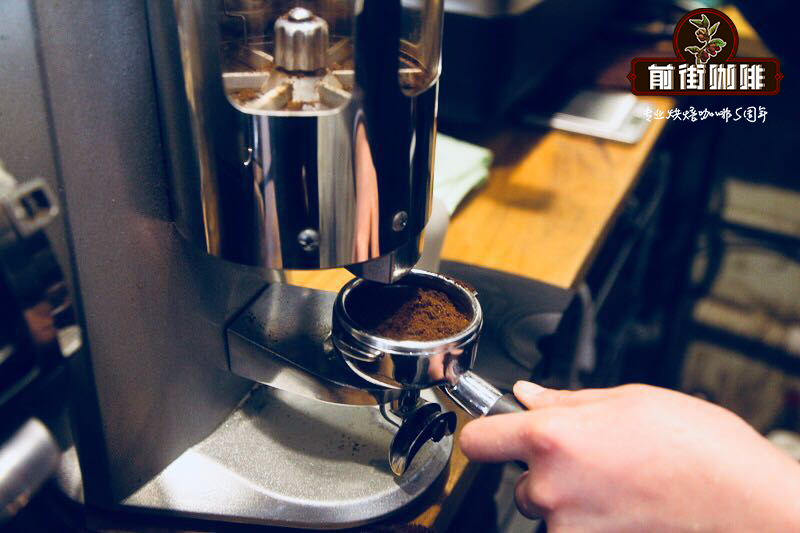
Sweetness extraction curve
Maybe there is a way to extend the extraction time of coffee while avoiding all the negative properties of tannins? Most of our espresso products are extracted with parameter settings. Although all coffees require different levels of pressure at different times, the shape of the extraction curve is a common feature. This begins to form the first part of our pressure design-the pressure climbs up quickly, reaches its peak, and then the pressure drops until the extraction is complete. This curve seems to accept a longer extraction time without touching the dense area of extracted tannins.
We know that every kind of coffee has a "honey spot", but this "honey spot" is both literal and metaphorical. Longer extraction time and less pressure throughout the extraction process tend to enable us to extract more sweetness rather than increase the bitterness. In the design of pressure curve, the second part is the design of sweetness curve. Usually by reducing the pressure throughout the extraction process, we can continue to extract some "good substances" and remain under the pressure under which the tannins begin to extract. The "honey spot" is inversely proportional to extraction. The longer the extraction time, the lower the sweetness curve, and the perception of tannins can be avoided to a great extent.
Tannin zone
On the other side of the sweetness curve, we can call it the tannin zone. This is the best description of the extraction range, if the sweetness extraction line is exceeded by tannins, the quality of coffee will begin to decline, leading to a sudden sharp increase in tannins after entering the tannin zone. If you break through the defense line, you will enter the danger zone. no matter how fully extracted the sugar is, the intervention of tannins will also destroy the pleasure of the whole cup of coffee, leading to an over-extracted taste experience.
Simple operation flow of extraction curve design
At the beginning of the infiltration stage, we will gradually increase the flow speed through the adjustment of the brewing curve, but in practice, the prerequisite for increasing the flow rate is that the coffee pressed powder has been completely soaked and a stable structure has been formed. in this way, we can form a constant resistance to the subsequent flow, which is also a prerequisite for the flow to gradually increase and reach the required maximum level.
Through this rhythmic speed increase, the delicious substances in the coffee powder can be completely replaced by the water flow, forming a more delicious extraction effect.
In the middle of the extraction, the internal pressure of the coffee machine suddenly increases to the maximum and remains at this value for several seconds. In the final stage of extraction, the pressure inside the coffee machine gradually decreases, because the density of pressed powder is greatly reduced in the final stage, the decreasing pressure helps to keep the flow rate stable. It should be noted that the longer the pressure increases in the middle stage of extraction, the longer the pressure drop in the end stage, otherwise the flow rate will change suddenly, affecting the taste of coffee.
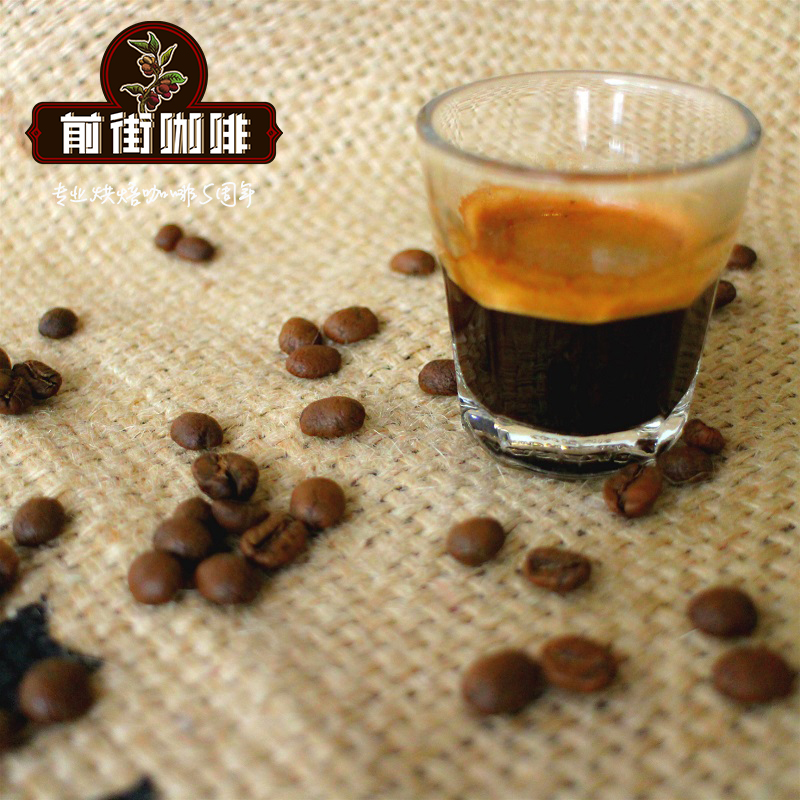
Therefore, in the final stage of extraction, baristas need to ensure the stability of the flow rate and gradually reduce the flow rate within a reasonable time range. For the production of boutique coffee, the longer the flow rate increases in the middle stage, the longer the continuous process of flow rate decline at the end of the stage, otherwise the unbalanced flow rate can easily affect the taste of coffee.
Coffee extraction at this stage is often easy to take out the astringent feeling that people do not like, slow down through the flow of water, and at the same time reduce the extraction of these substances, so that the coffee flavor can be fully presented while minimizing the bad flavor.
In the process of extraction, different flow rates will make the coffee powder show a completely different flavor. through this technology, baristas can have a deeper understanding of the flavor characteristics of different coffee beans and carry out a variety of extraction schemes.
Important Notice :
前街咖啡 FrontStreet Coffee has moved to new addredd:
FrontStreet Coffee Address: 315,Donghua East Road,GuangZhou
Tel:020 38364473
- Prev
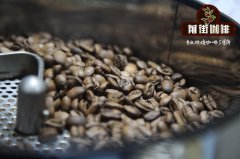
coffee roasting| How to understand coffee roasting curve What does roasting curve help roast coffee
What is a baking curve? Why is it so important? Baking curves help monitor baking by tracking the heat in the drum at critical times throughout the baking process. By demonstrating how the same amount of heat can be applied simultaneously to a batch of products, they can help the oven create guidelines that reproduce the outline of the oven. Roasting curves can help identify and track the order coffee goes through during roasting
- Next
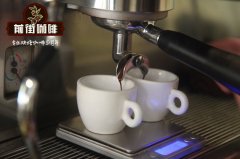
How to maintain the Italian coffee machine how to understand the structure of the Italian coffee machine and how to repair the coffee machine
The coffee machine is a technological miracle. Since it was first launched in the late 1800s, these professionally produced electrical appliances have made great progress. The steam pressure system in the 19th century has evolved into pump drive and electrical technology. Baristas can now operate using apps on their smartphones without having to touch the machine itself. Why should we buy a refurbished espresso machine? Need
Related
- Beginners will see the "Coffee pull flower" guide!
- What is the difference between ice blog purified milk and ordinary milk coffee?
- Why is the Philippines the largest producer of crops in Liberia?
- For coffee extraction, should the fine powder be retained?
- How does extracted espresso fill pressed powder? How much strength does it take to press the powder?
- How to make jasmine cold extract coffee? Is the jasmine + latte good?
- Will this little toy really make the coffee taste better? How does Lily Drip affect coffee extraction?
- Will the action of slapping the filter cup also affect coffee extraction?
- What's the difference between powder-to-water ratio and powder-to-liquid ratio?
- What is the Ethiopian local species? What does it have to do with Heirloom native species?

